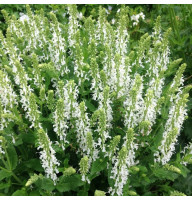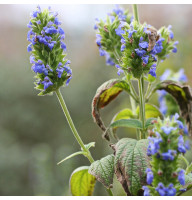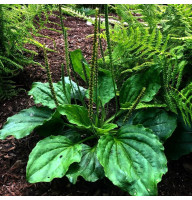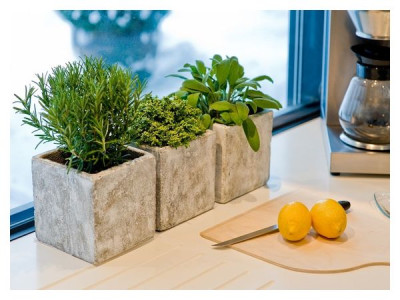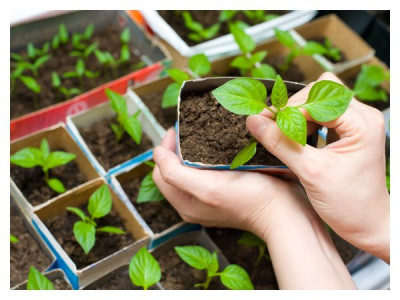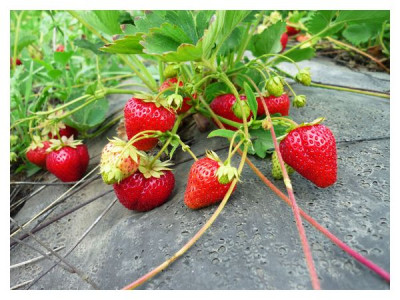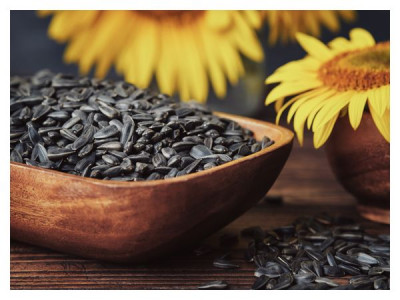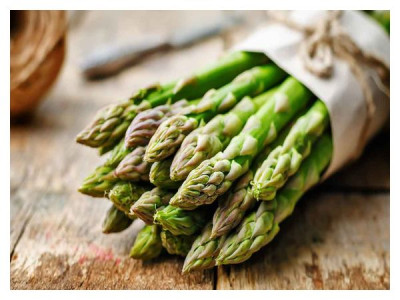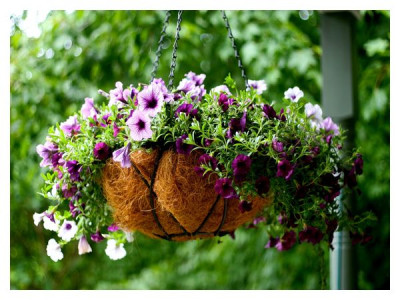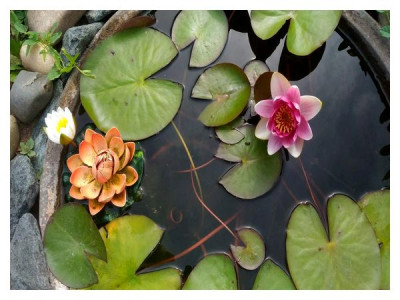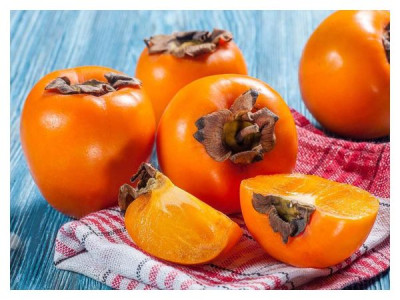The middle of summer is the best time to collect and harvest medicinal herbs and plants that the flowering land generously endows us with. So do not miss this golden time!
Medicinal plants that have a beneficial effect on the human body. They are able to support immunity or help in the treatment of diseases throughout the year. What medicinal herbs can be harvested in the summer?
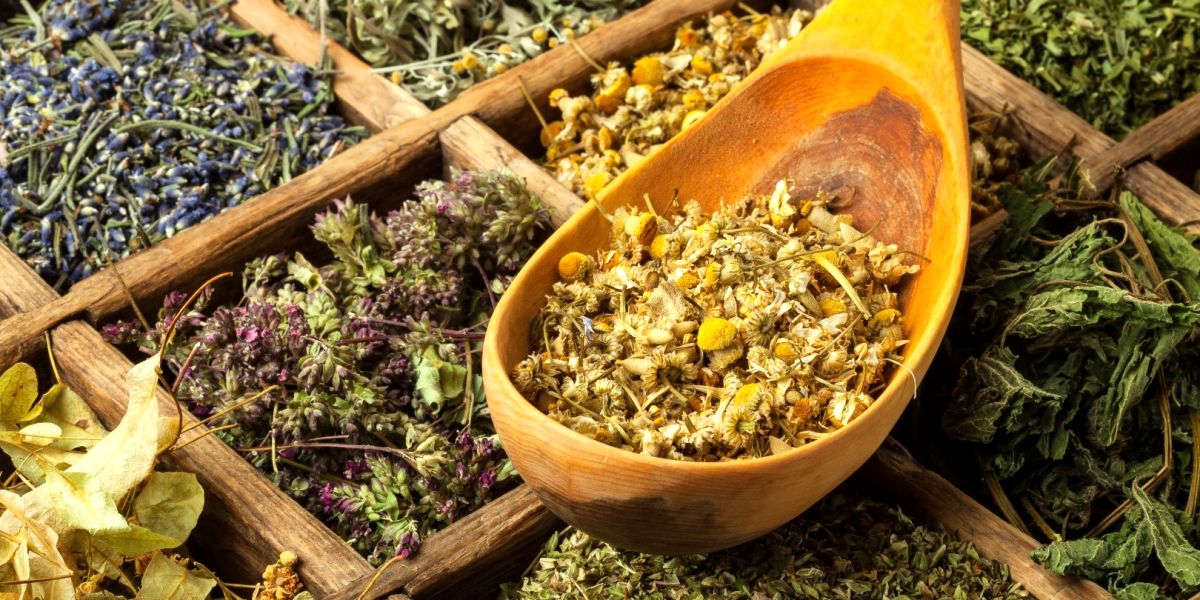
In ancient times, people noticed that healing power was hidden in many plants and began to use them to treat a wide variety of diseases.
Many wild plants, which were used in folk medicine, alleviated the suffering of the sick, contributed to their cure. So gradually began to develop traditional medicine.
Be sure to check with your doctor about the use and dosage of these herbs, especially if you have a medical condition or are taking medication!
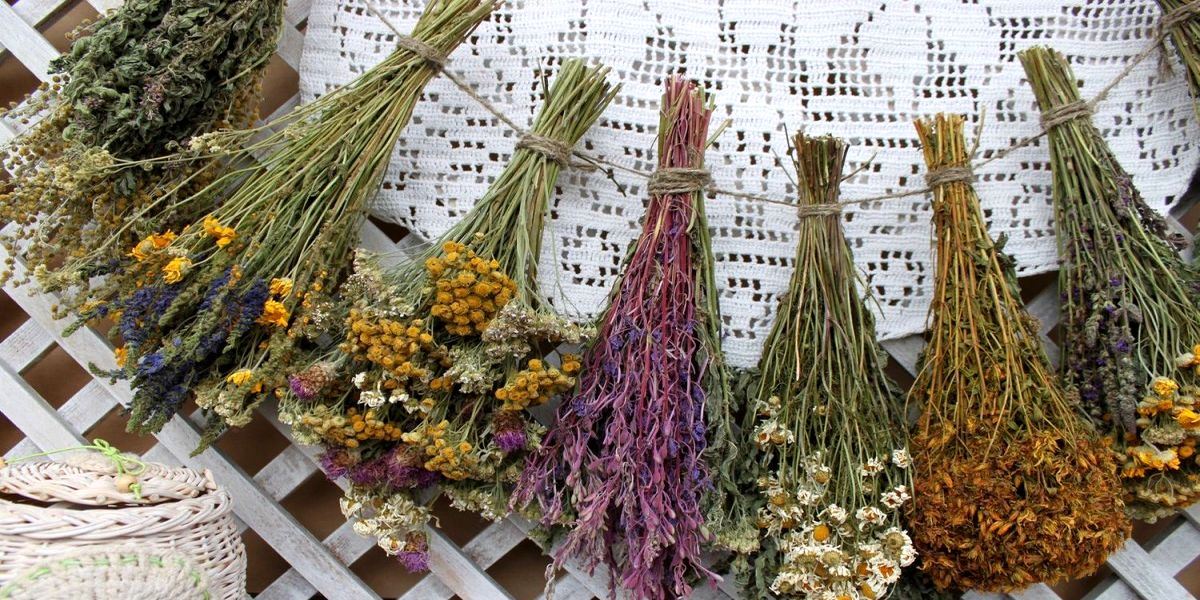
10 medicinal herbs and plants to collect in the summer
Summer is a great time to collect and dry medicinal herbs and plants. Here are a few medicinal herbs and plants that can be harvested and dried in the summer.
Nettle
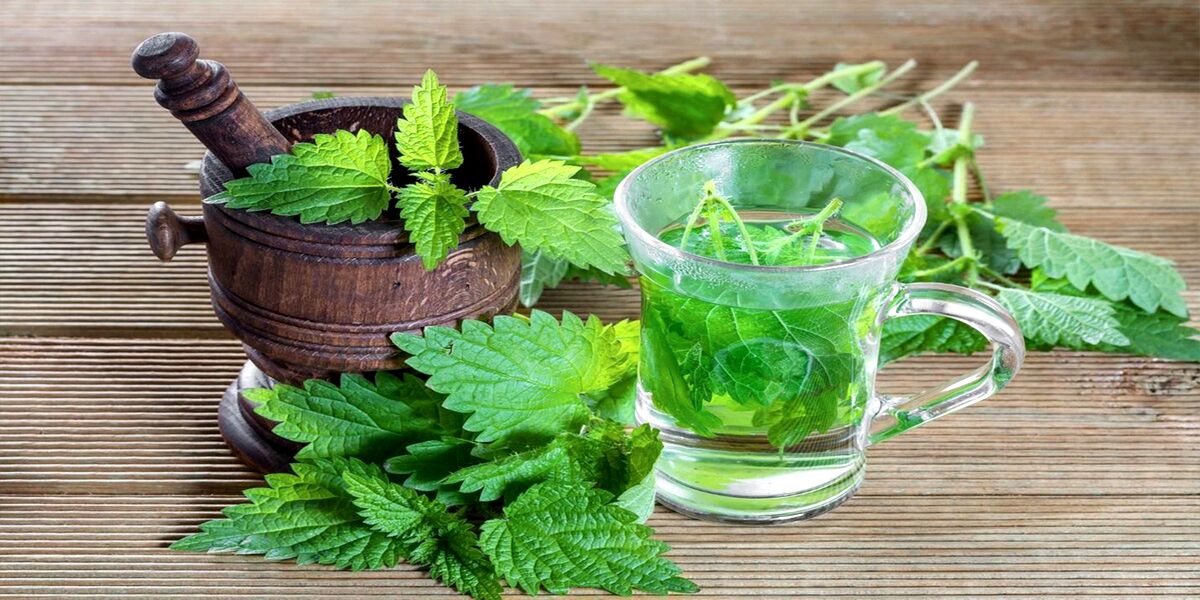
This ubiquitous plant, which we usually avoid for fear of getting burned, has its own medicinal properties.
- Extracts and infusions of nettle leaves help with inflammatory diseases of the urinary tract and gastrointestinal tract, such as gastritis, enteritis and diarrhea.
- Decoctions of nettle leaves and roots also help with dandruff and seborrhea.
Pharmaceutical camomile

Another plant that is hard to miss around us. It grows wild in meadows and cultivated fields.
- Infusion of chamomile is a good remedy for inflammation of the digestive tract, as well as heartburn and lack of appetite.
- Chamomile tea is used to relieve stress and improve sleep
- External use relieves itching, redness, eye diseases, and also helps to heal ulcers.
Chamomile should be used with caution as it often causes sensitization and allergic reactions.
St. John's wort
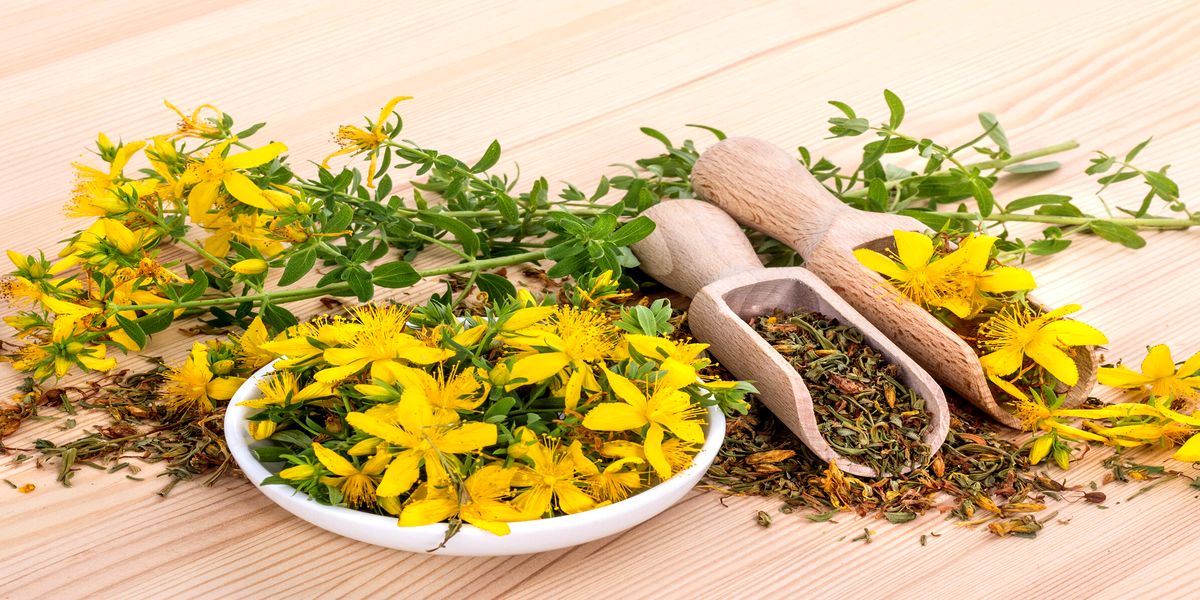
An extremely versatile medicinal herb that can be found in meadows, fields and surrounding thickets.
- A characteristic yellow-flowered herb with small flowers is a good remedy for diseases of the liver, urinary tract and stomach in the form of an infusion.
- St. John's wort is recommended for gallstones, bile stasis in the gallbladder, inflammation of the gastric mucosa, gout and problems with the urinary system.
- In addition, St. John's wort has a sedative effect and is useful in the treatment of frostbite, burns and difficult-to-heal wounds.
- St. John's wort reduces inflammation of the throat and gums.
Peppermint
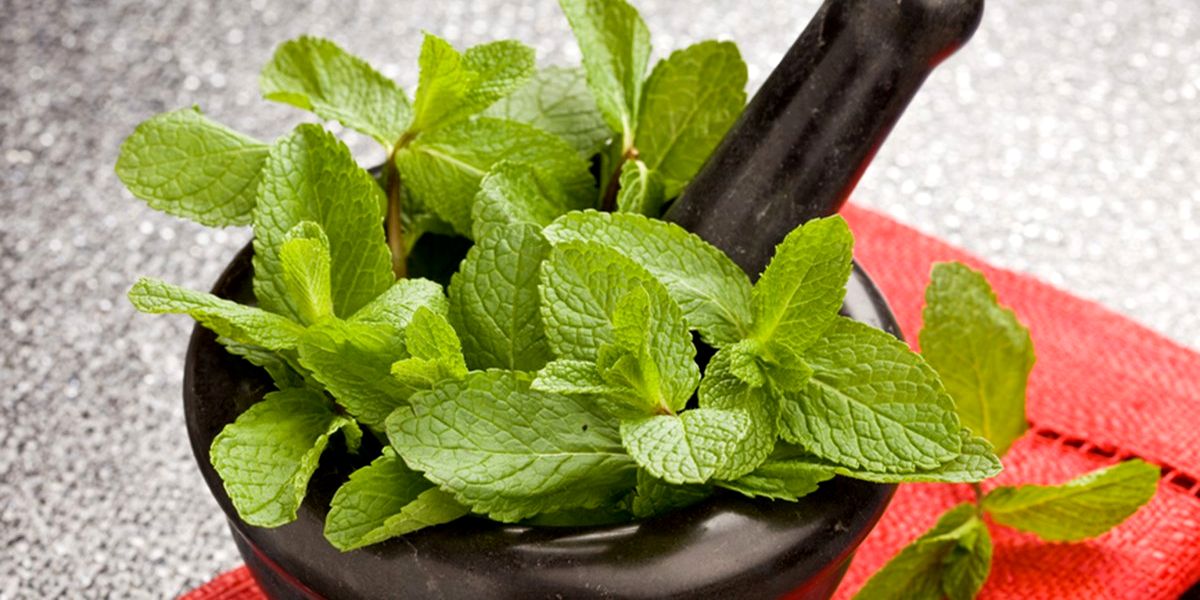
Familiar to all of us grass and aroma. Mint leaves can be harvested all summer and used medicinally.
- Infusions from it are a mild support for digestive problems, spasms in the digestive tract or intestinal colic.
- Its medicinal properties are also used in diseases of the liver and bile ducts.
- Peppermint tea helps relieve nervous tension, improve mood, relieve headaches and relieve depression.
Linden
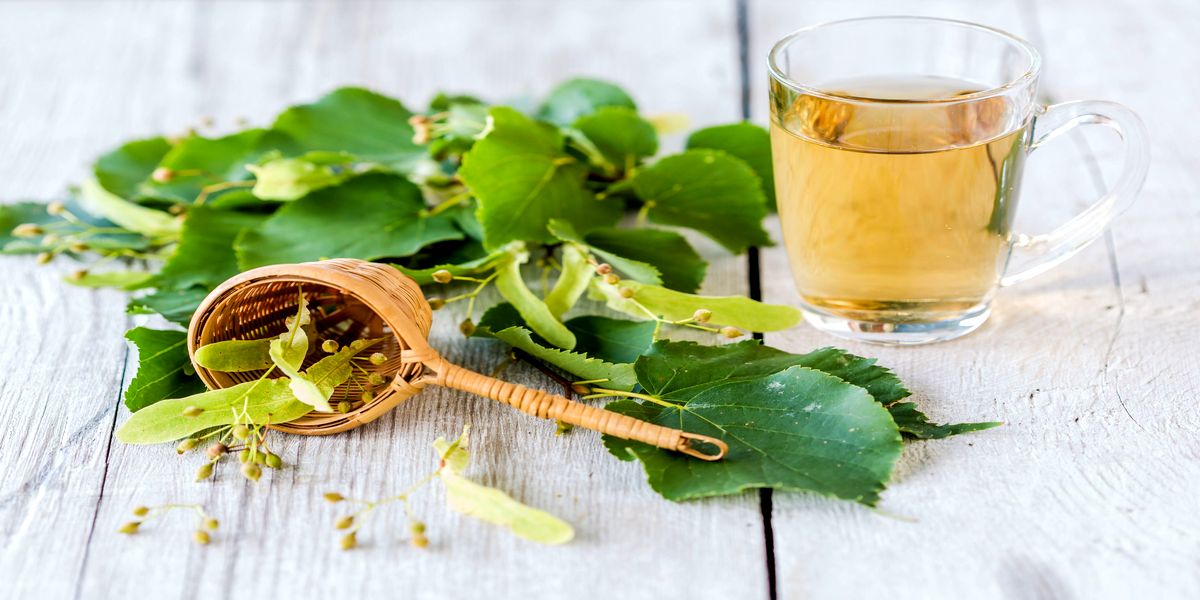
Its beautifully scented flowers are harvested in late June or July and used for medicinal purposes.
- Infusion of linden flowers is known primarily for its diaphoretic properties, so it is used for fever, tonsillitis, inflammation of the upper respiratory tract and colds.
- When applied externally, it relieves itching and skin irritation.
- Linden tea is a popular remedy for insomnia and stress relief.
Plantain

This plant can be found on almost every lawn. Herbal medicine uses its fully formed leaves, which can be harvested from May to September.
- A poultice with a decoction of plantain leaves helps with skin lesions and inflammation of the labia.
- Psyllium tea helps with chronic gastritis, damage to the mucous membrane of the gastrointestinal tract and hyperacidity.
Meadow clover
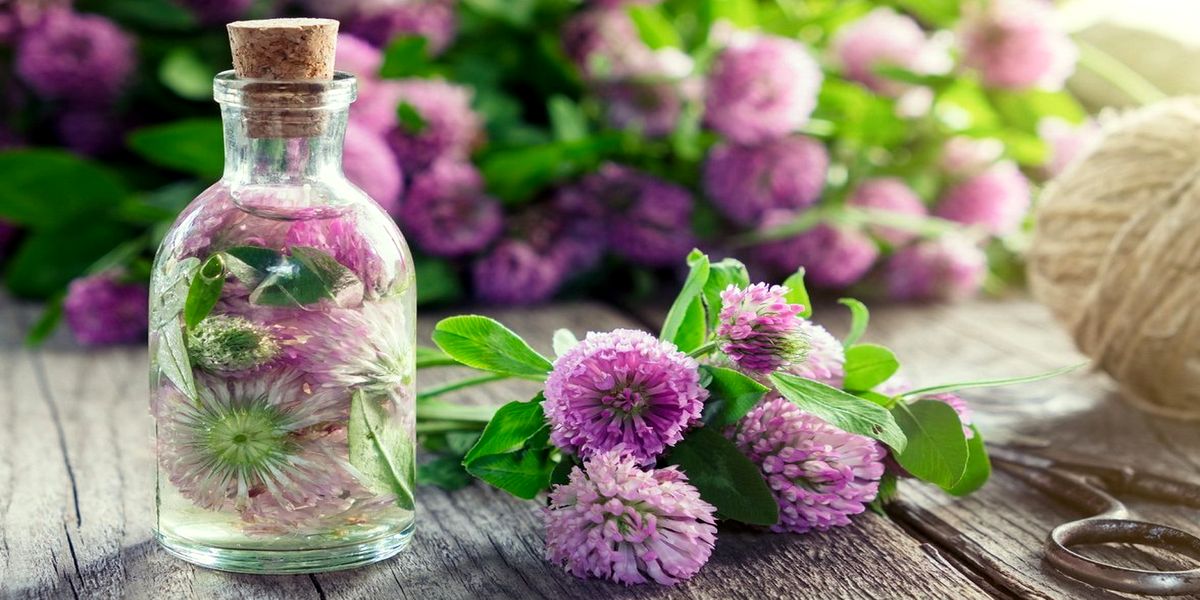
In folk medicine, flowers and leaves of the plant are used.
- Field clover herb has astringent, analgesic, antiseptic, diuretic effect.
- Used in folk medicine for diseases of the kidneys and bladder, diabetes, colds, suffocation, dysentery.
- Outwardly, infusion and decoction of flower heads are used as an emollient, anti-inflammatory and analgesic in the form of poultices for rheumatic pains, chest pain, rheumatism, gout, for washing wounds, ulcers, burns and abscesses.
Wormwood

For medicinal purposes, wormwood inflorescences are used. They are cut together with a stem 20 cm long from the top.
- Has a calming, anti-inflammatory, antiseptic, tonic, hematopoietic, antispasmodic, choleretic and anthelmintic effect.
- Wormwood is widely used both in folk and official medicine for neurosis, insomnia, epilepsy, menstrual irregularities, exhaustion, gastritis, flatulence, hypertension, worms.
- Ingestion of a decoction or tea, as well as gargling, are effective ways to relieve acute respiratory infections of the respiratory tract. Wormwood eliminates pain and swelling in the throat, relieves the symptoms of a runny nose and improves sputum discharge. Due to its pronounced antipyretic properties, the herb is often used for bronchitis, laryngitis, tracheitis and pneumonia.
Salvia officinalis
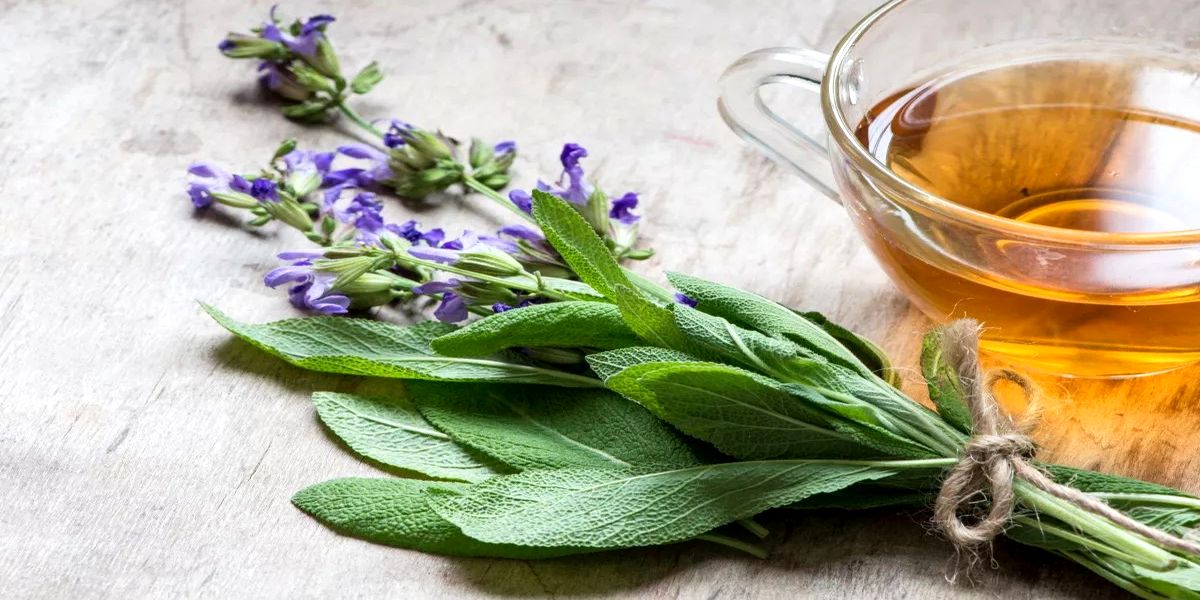
For medicinal purposes, the leaves of this medicinal plant are used.
- Sage leaves have anti-inflammatory, wound healing, antiseptic, astringent, hemostatic, expectorant action.
- Strengthens the epithelium, reduces sweating, improves the functioning of the gastrointestinal tract, positively affects the state of the nervous and hematopoietic systems.
- Salvia officinalis is also well suited for the treatment of sore throats, bronchitis, mumps, gingivitis, sciatica, polyarthritis, neuritis, diabetes, gynecological and skin diseases, wounds, ulcers, boils, burns, asthma and more.
Yarrow
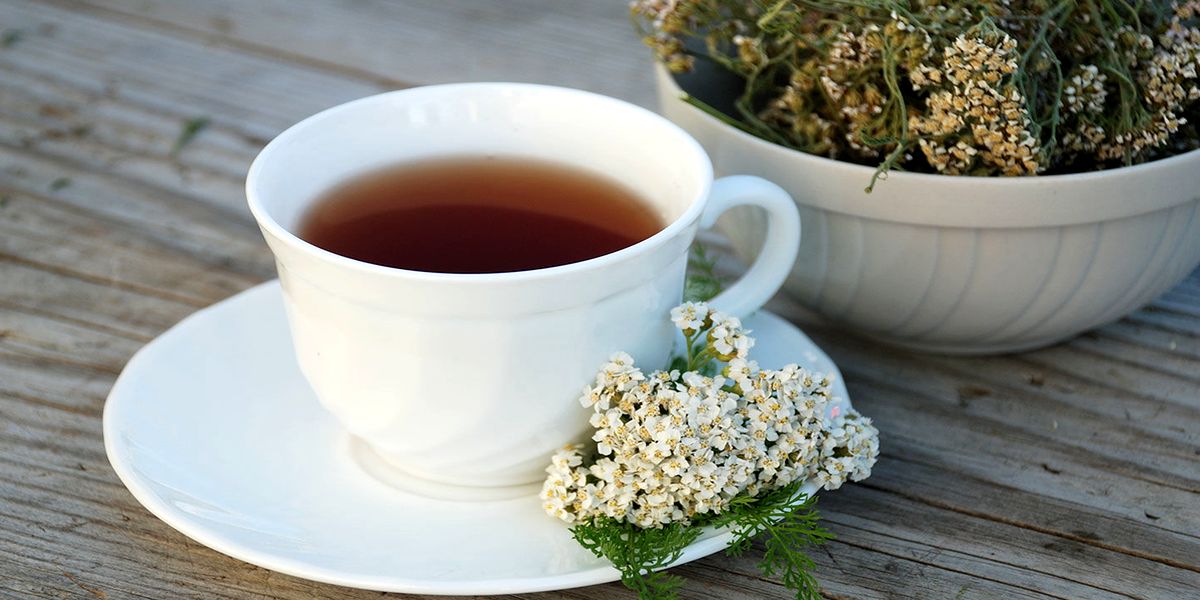
For medicinal purposes, stems with flowering tops and flowers of the plant are used. When harvesting, stems with tops are cut 15 cm long (without coarse stems), and flowers - at a distance of 2 cm from the top.
- They have a bactericidal, anti-inflammatory, soothing and astringent effect, tone the skin and relieve irritation.
- Yarrow has antibacterial and anti-inflammatory properties.
- The plant has a positive effect on the internal organs of a person, and it also promotes the formation of mucus, relieves gases in the intestines.
- Due to the content of tannins, chamazulene and essential oil in the herb, it is used as a wound healing, bactericidal and anti-allergic agent.
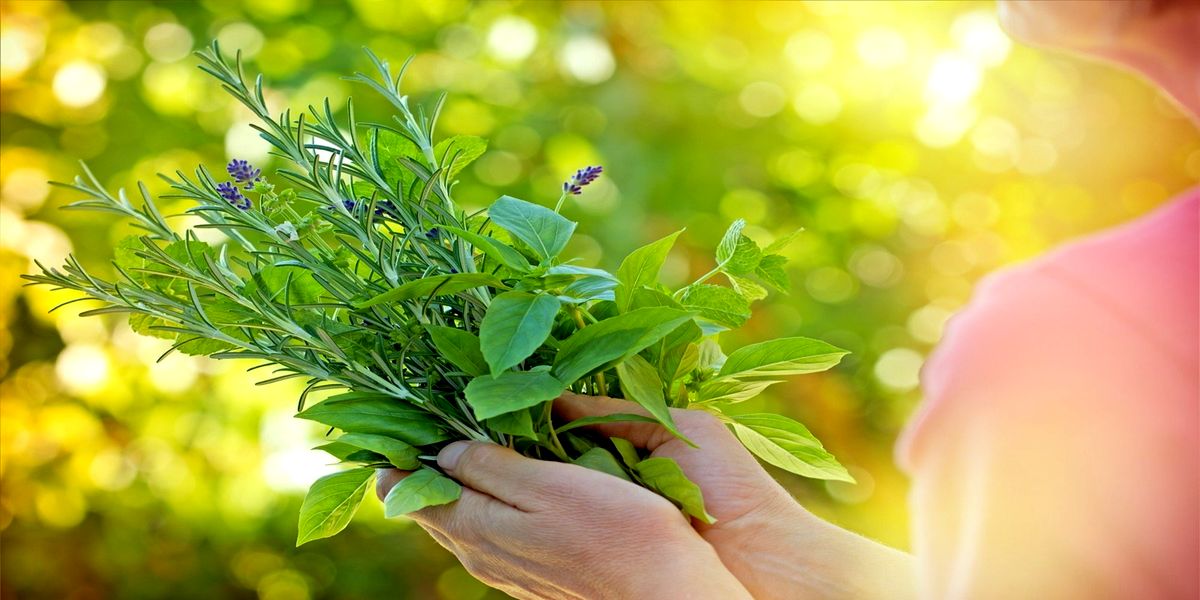
Rules for collecting medicinal plants
- Please note that medicinal flowers, leaves and herbs should only be collected in dry weather. Harvested in wet weather, plants dry for a long time, are poorly stored and often moldy.
- The best time to collect medicinal herbs is in the morning after the dew has disappeared (from 8 to 9 o'clock) and in the evening (from 16 to 19) hours.
- Choose environmentally friendly areas for harvesting as far as possible from roadsides, railroad tracks and other polluted places.
- Pay attention to the quality of raw materials. Do not take plants with signs of disease (spots, mold, discoloration or deformation of the leaves) and plants infested with pests.
- Take a sharp knife, pruner, garden shears or sickle with you to the harvest. So you save both your own hands and medicinal plants.
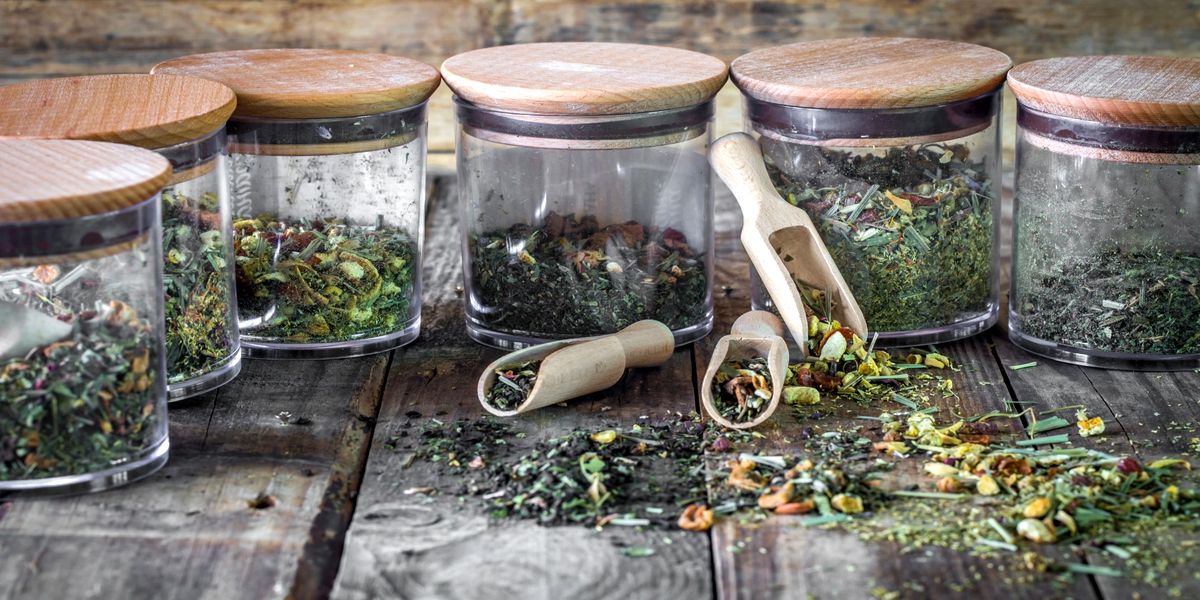
How to dry and store medicinal herbs
- It is best to dry medicinal herbs in the shade, as under the influence of direct sunlight, beneficial compounds are quickly destroyed. Therefore, there will be no benefit in such plants.
- It is worth taking care of good ventilation so that the raw materials do not become damp and moldy.
- It is better to dry the collected grass in bundles hung from the ceiling or laid out in a thin layer on paper. Flowers dry best on frames with stretched gauze.
- But large leaves will have to be laid out on paper one at a time and do not forget to turn over after the upper part dries.
Quality check: Properly dried flowers and herbs retain their natural color and are easily powdered.
Once completely dry, herbs and plants can be stored in a cool, dry place away from sunlight in glass jars or tightly closed containers to preserve their freshness and beneficial properties.
Dried medicinal plants can be stored for 1-2 years.


